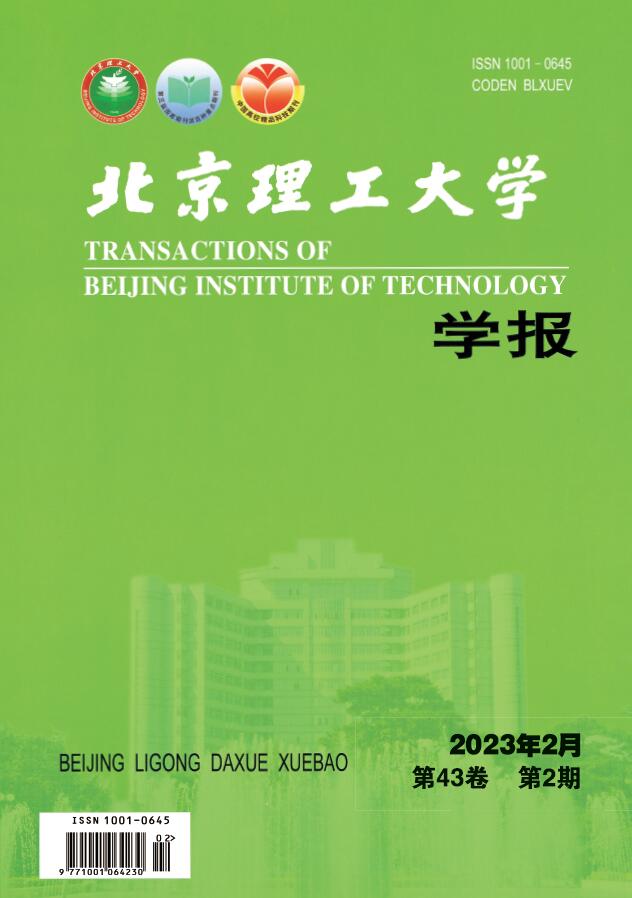2021 Vol. 41, No. 2
Display Method:
2021, 41(2): 121-129.
doi:10.15918/j.tbit1001-0645.2019.306
Abstract:
2021, 41(2): 130-136.
doi:10.15918/j.tbit1001-0645.2020.018
Abstract:
2021, 41(2): 137-142.
doi:10.15918/j.tbit1001-0645.2019.294
Abstract:
2021, 41(2): 143-150.
doi:10.15918/j.tbit1001-0645.2020.012
Abstract:
2021, 41(2): 151-157.
doi:10.15918/j.tbit1001-0645.2019.255
Abstract:
2021, 41(2): 158-168.
doi:10.15918/j.tbit1001-0645.2019.296
Abstract:
2021, 41(2): 169-176.
doi:10.15918/j.tbit1001-0645.2020.010
Abstract:
2021, 41(2): 177-185.
doi:10.15918/j.tbit1001-0645.2019.288
Abstract:
2021, 41(2): 186-192.
doi:10.15918/j.tbit1001-0645.2019.281
Abstract:
2021, 41(2): 193-200.
doi:10.15918/j.tbit1001-0645.2019.270
Abstract:
2021, 41(2): 201-206.
doi:10.15918/j.tbit1001-0645.2000.100
Abstract:
2021, 41(2): 207-213.
doi:10.15918/j.tbit1001-0645.2019.318
Abstract:
2021, 41(2): 214-220.
doi:10.15918/j.tbit1001-0645.2019.274
Abstract:
2021, 41(2): 221-225.
doi:10.15918/j.tbit1001-0645.2019.280
Abstract:
2021, 41(2): 226-230.
doi:10.15918/j.tbit1001-0645.2019.304
Abstract:


